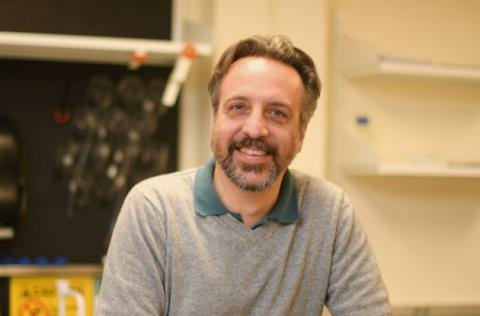Faculty at Home Webinar with Andrea Vaccari
–
Virtual MiddleburyOpen to the Public

All animals have visual systems that allow them to process relevant visual stimuli to inform their behaviors. In mammalians, these systems are very complex and often show the presence of retinotopy, a mechanism by which specific regions of the retina (the light-sensitive part of the eye) are mapped onto corresponding locations in the brain, helping preserve spatial information about the visual stimulus. But what about fruit flies? How do they process visual stimuli? In this talk, I will take you on an excursion into the fruit fly’s visual system and show you how, using data from the fruit fly’s connectome (a dataset providing a comprehensive map of the wiring in their brain) and machine learning techniques (clustering and classification), we can start to make sense of how the fruit fly’s brain interprets spatial information.
Andrea Vaccari (MS, Università degli Studi di Milano; PhD, University of Virginia), assistant professor of computer science, began his career as an electronics engineer at the National Radio Astronomy Observatory before realizing how much he enjoys teaching. His research focuses on model-based analysis of datasets with the goal of detecting, tracking, and analyzing “objects” or “events” within such datasets; extracting and analyzing their most important features; and achieving a better understanding of their behavior. He especially loves to play with biomedical and biological as well as remote sensing imagery … although he finds intriguing any problem that deals with images or videos.
Please visit the Faculty at Home website for the link to register for this free event.
- Sponsored by:
- Provost's Office
Contact Organizer
Borden, Gail A.
gborden@middlebury.edu
5089

